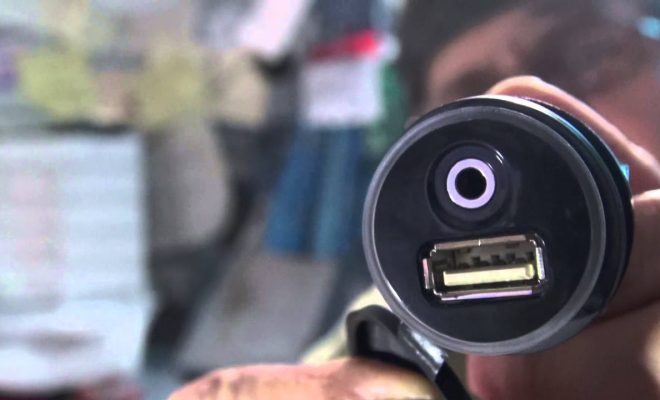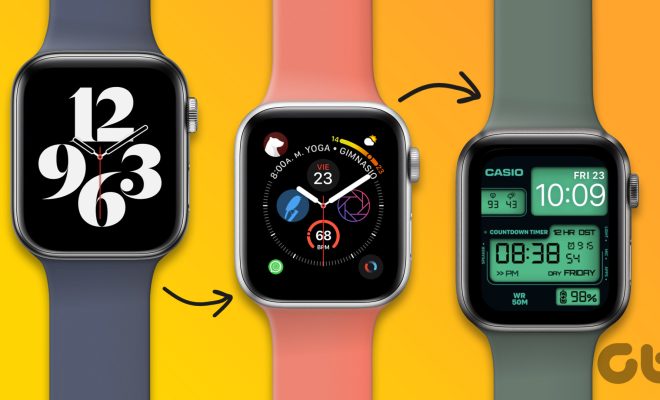Using Facebook Emojis and Smileys

Facebook has come a long way since its inception as a simple platform for social networking. With every update and feature, users can see how the site is continuously evolving to become more interactive, visually appealing, and user-friendly. One such feature is the use of Facebook emojis and smileys.
Emojis are small images that represent a wide range of emotions, objects, and ideas. They were first introduced in Japan in the late 1990s, and have become popular all over the world since then. Smiley faces are a type of emoji, and they express feelings of happiness, positivity, and excitement.
Using Facebook emojis and smileys has become a fun and simple way to enhance communication on the social media platform. They offer a more nuanced way of expressing emotions and reactions to posts, comments, and messages. Users can choose from a wide range of emojis to represent their feelings, including love, laughter, anger, sadness, and confusion.
To use Facebook emojis and smileys, users simply need to type the appropriate keyword or use the built-in emoji picker. For example, typing “:)” can generate a traditional smiley face, while typing “:D” can produce a grinning emoji. Users can also click on the emoji button on Facebook to open up a library of emojis to choose from.
One unique aspect of Facebook emojis is the “react” feature, which allows users to add an emoji reaction to a post, comment, or message without having to write a response. This can be especially useful when users want to express their feelings quickly and efficiently, without having to think of a thoughtful reply.
Another aspect of using Facebook emojis and smileys is to create a more visually compelling profile. Many users include emojis in their Facebook bios or status updates to give their profile a fun, unique touch. For example, users can add a star, heart, or thumbs up emoji to their bio to show off their personality and interests.
While using Facebook emojis and smileys can be a fun way to enhance communication and interaction on the platform, it’s important to use them appropriately. Overusing emojis can make messages appear unprofessional or juvenile, so it’s important to strike a balance between casual and professional communication.
In conclusion, using Facebook emojis and smileys has become a standard way of expressing emotions and reactions on the platform. They offer users a more nuanced way to communicate their feelings, and can create a more visually appealing profile. By using them appropriately and in moderation, users can maximize the benefits of Facebook emojis and smileys.





